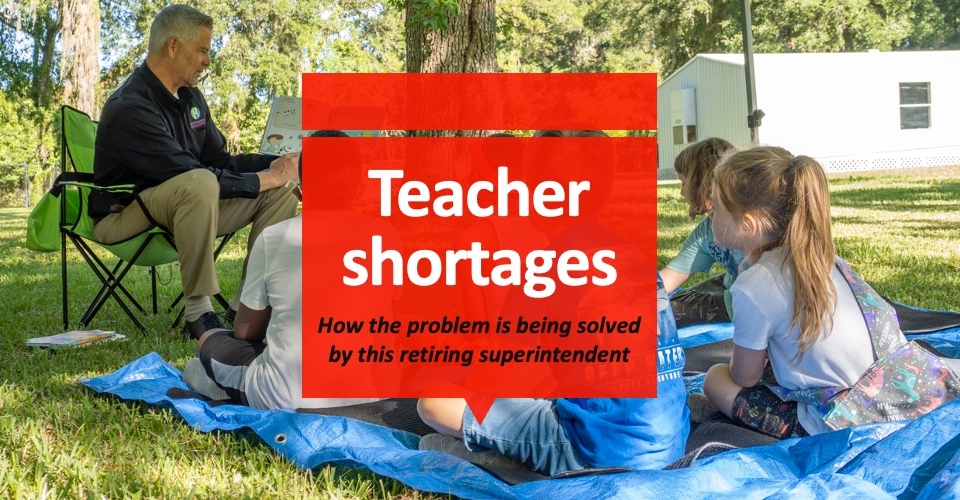Changing leadership at a school can be exciting and nerve-wracking for the principal, the staff and the school community. Whether an administrator is hired in the spring for the following school year or at the last minute for the current school year, a crucial part of onboarding is building relationships with faculty and staff on the front end that can be nurtured throughout the year.
Over the course of my career in education, including as a principal and supervisor of principals, I have learned the best way to start these foundational relationships is with 15-minute, one-on-one, in-person meetings with each member of the faculty and staff of the new school. While these meetings typically occur before the new school year begins, they are valuable whenever the principal can make time for them throughout the year.
I have used this process with countless administrators ranging in experience and school type, from small elementary schools to large high schools and even at the district level in a modified format. Across the board, these one-on-one conversations are highly effective and worth the time…every time.
‘Talking Out of School’ podcast: Why the Universal Design for Learning is so powerful
Here are the key steps and essential questions to ensure that these onboarding meetings are productive and enjoyable.
1. Schedule meetings with teachers’ and staff members’ busy schedules in mind.
Set up one-on-one meetings for 15 minutes with each member of the staff. This includes teachers, paraprofessionals and office, custodial and cafeteria staff. As the end and the kickoff of a school year will likely leave your staff with little spare time, make sure to let staff know the meetings are optional—you might be surprised by how many still take you up on the offer. Use an easy system for signing up, like a link to an online calendar or a clipboard with a printed schedule that can be passed around at a staff meeting.
2. Ask the right questions–and share them ahead of time.
Provide the purpose of the meetings and the questions ahead of time so that people can consider their responses and make the most of these micro-meetings. Let staff know your conversations are confidential and intended to make space for their ideas and concerns.
The three questions below can guide the conversation.
- What are your gifts/areas of expertise? Principals need to know who their go-to people are in every area and encouraging people to recognize their expertise opens up collaboration opportunities. For instance, an education assistant once let me know her gift was teaching recess games and she became a key member of the behavior support team. Another teacher informed me their gift was tech integration; that person became our school’s “spark starter” and supported other teachers to engage students through technology.
- What needs my immediate attention? Principals need to know what concerns staff. After hearing the same concern from more than one person, leaders have more confidence that finding a solution for this particular issue is a priority. Principals build respect and trust by taking visible action on a problem that staff have identified, especially if they can get something done early in their tenure.
- What do I need to know to succeed as principal at this school? Principals must understand the community they serve—its expectations, aspirations, and dynamics. The answers to this question will provide valuable insights on the culture and ecosystem of the school that set the principal up for success.
3. Take action.
Consider what you heard and determine your next steps. What action items can you accomplish immediately? Which ones will become part of your 90-day plan? Having invested time and energy in these rich conversations, it’s critical to turn that active listening into meaningful actions.
Through this process, a new principal has looked everyone in the eye, listened to their input and determined a course of action. It provides a powerful foundation on which to build a team that achieves unprecedented results for students and families, and the community.









